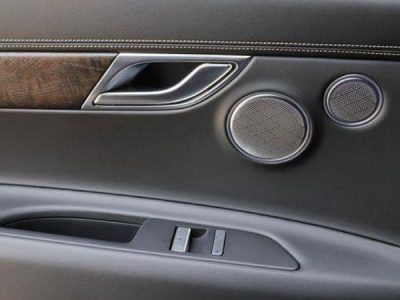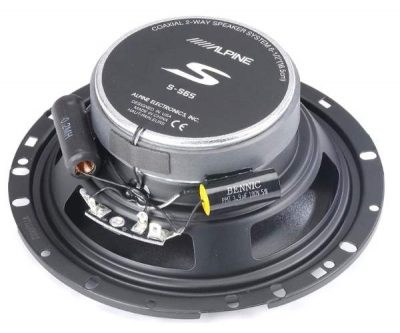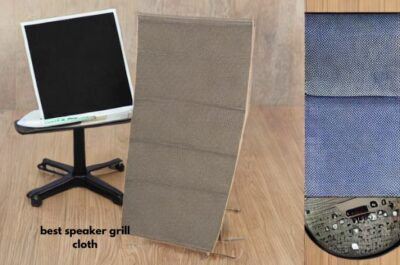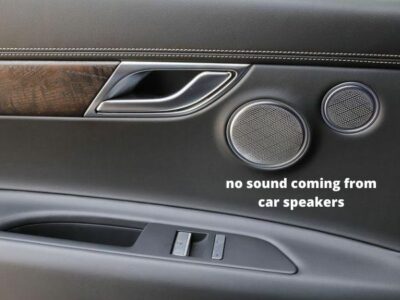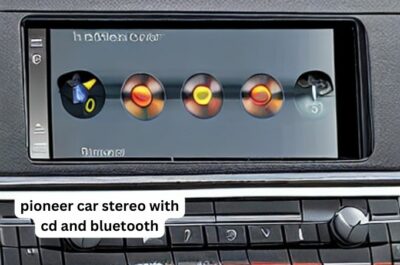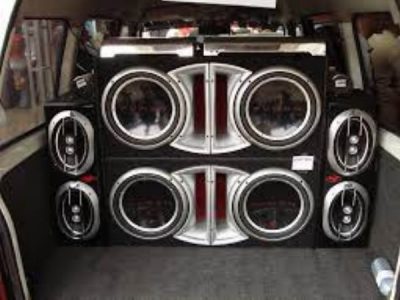6 best things to help a car speaker’s sound quality
Today we discuss what best things to help a car speaker’s sound quality. The quality of sound that comes from the average factory speaker system is usually pretty poor. This can be frustrating for drivers, as good sound quality is a crucial part of the driving experience.
Fortunately, there are some things that you can do to improve your car’s speaker sound quality. In this blog post, we will discuss three of the best 6 ways to improve your car’s speaker sound quality. Keep reading to learn more!
how to Clean the car speaker grilles and ports?
To clean your car’s speaker grilles and ports, you’ll need a soft brush, a vacuuming attachment, and some mild soap. Begin by vacuuming any dirt and debris from the grilles and ports. Next, use the brush to lightly scrub the grilles and ports with mild soap. Finally, rinse the grilles and ports with clean water. Allow them to dry completely before replacing them or using your car audio system.
1. Clean the car speaker grilles and ports:
If your car speaker grilles and ports are dirty, it can negatively affect the car speaker’s sound quality of your car speakers. Over time, dirt, dust, and grime can build up on the surface of the speaker grilles and inside the ports. This can cause the sound to become muffled or distorted.
2. Make sure the bass reflex port is clear of obstructions:
To ensure that your bass reflex port is clear of obstructions, you will want to remove any objects that may be blocking the path of the sound waves. This includes furniture, rugs, or any other items that could potentially muffle the sound. Additionally, you should check to make sure that there are no cracks or holes in the wall around the port.
If there are, seal them up with caulking or putty so that sound can’t escape. Finally, if you have a speaker cover over the port, make sure that it is adequately perforated so that sound can pass through. By following these tips, you can be confident that your bass-reflex ported speaker will provide optimal performance.
3. Experiment with speaker placement to find the best sound quality:
Experimenting with speaker placement is the best way to find the best sound quality for your room. In general, you want to place your speakers in a position where they will create an equilateral triangle with your head. This will ensure that you get the best stereo imaging and soundstage.
You may also want to experiment with different placements depending on the size of your room and the type of music you are listening to. If you have a large room, for example, you may want to experiment with placing your speakers along opposite walls. If you are listening to classical music, you may want to try angling your speakers toward your ears.
4. Add a subwoofer for deep bass response:
Adding a subwoofer is a great way to get a deeper bass response from your music. There are a few things you’ll need to consider before adding one to your system, but once you have everything set up, you’ll be able to enjoy powerful, thumping bass that will enhance your music listening experience.
The first thing you’ll need to do is decide what type of subwoofer you want. There are two main types on the market today: passive and active. Passive subwoofers are typically powered by an amplifier, while active subwoofers have their own built-in amplifier. Each has its own pros and cons, so it’s important to research both types before making a decision.
5. Purchase a quality amplifier to power your speakers:
When purchasing an amplifier to power your speakers, you’ll want to make sure that you find an amplifier that is both powerful and compatible with your speakers.
You should start by checking the wattage of the amplifier. The wattage should be equal to or greater than the wattage rating of your speakers. You’ll also want to check the impedance rating of the amplifier and make sure it matches the impedance rating of your speakers.
Finally, you’ll want to make sure that the amplifier is compatible with your type of music playback device (e.g., iPod, iPhone, tablet, computer, etc.).
6. Use a sound processor or EQ to fine-tune the audio output:
If you want to get the most out of your sound system, it’s important to fine-tune the audio output using a sound processor or EQ. This will allow you to adjust the overall car speaker’s sound quality to better suit your taste.
There are a few things to keep in mind when using a sound processor or EQ. First, make sure that you don’t overdo it. Too much EQ can negatively impact sound quality. Second, pay attention to the overall balance of the audio. You don’t want one frequency range to overpower another. Finally, experiment with different settings and see what sounds best to you.
Final words:
these tips help you get started on the right foot for the car speaker’s sound quality. Experiment with different locations in your vehicle, and find the spot that gives you the best sound quality for your music-listening needs. And if you still can’t quite seem to get the sound just right, don’t be afraid to upgrade your speakers altogether
